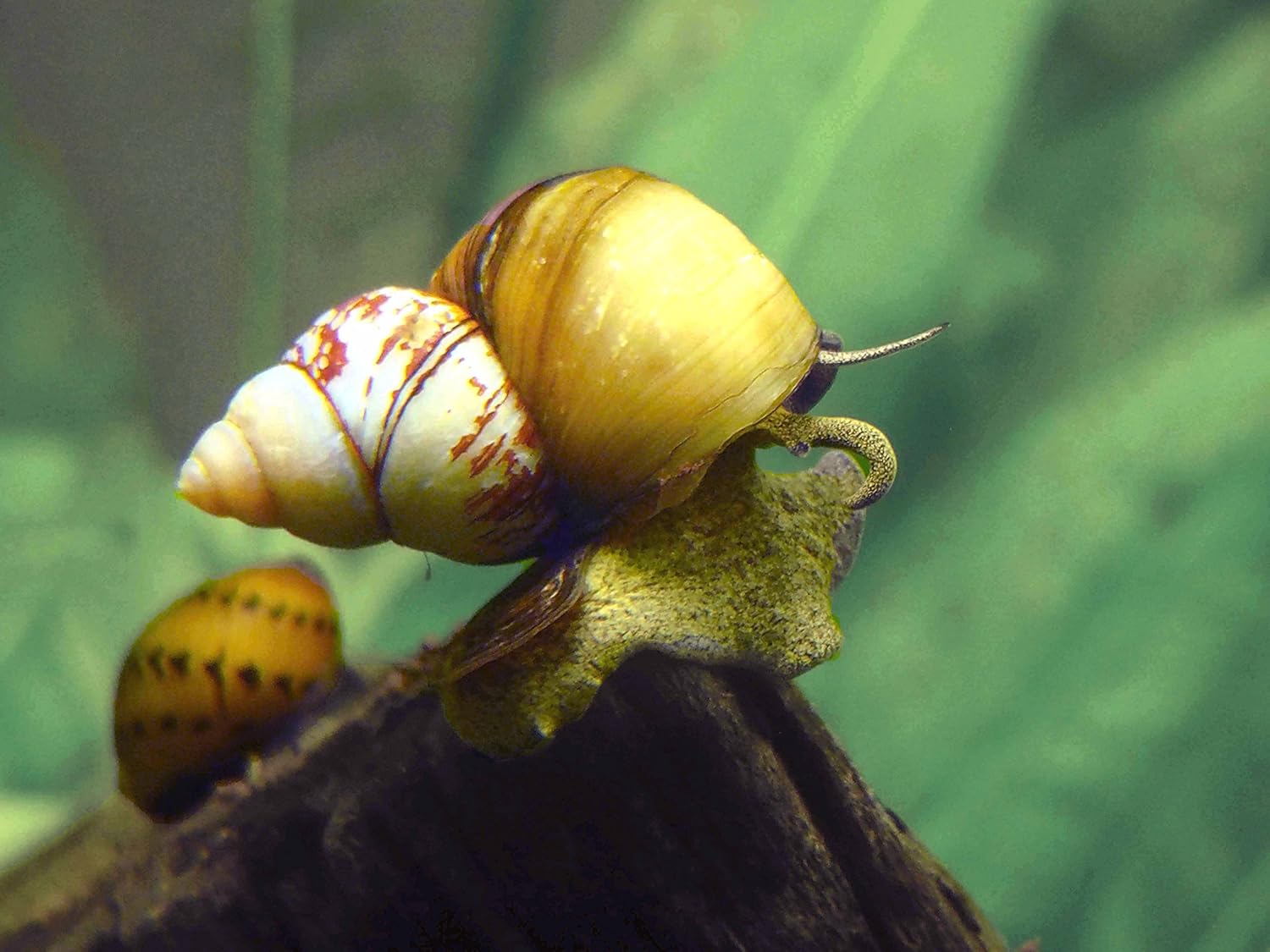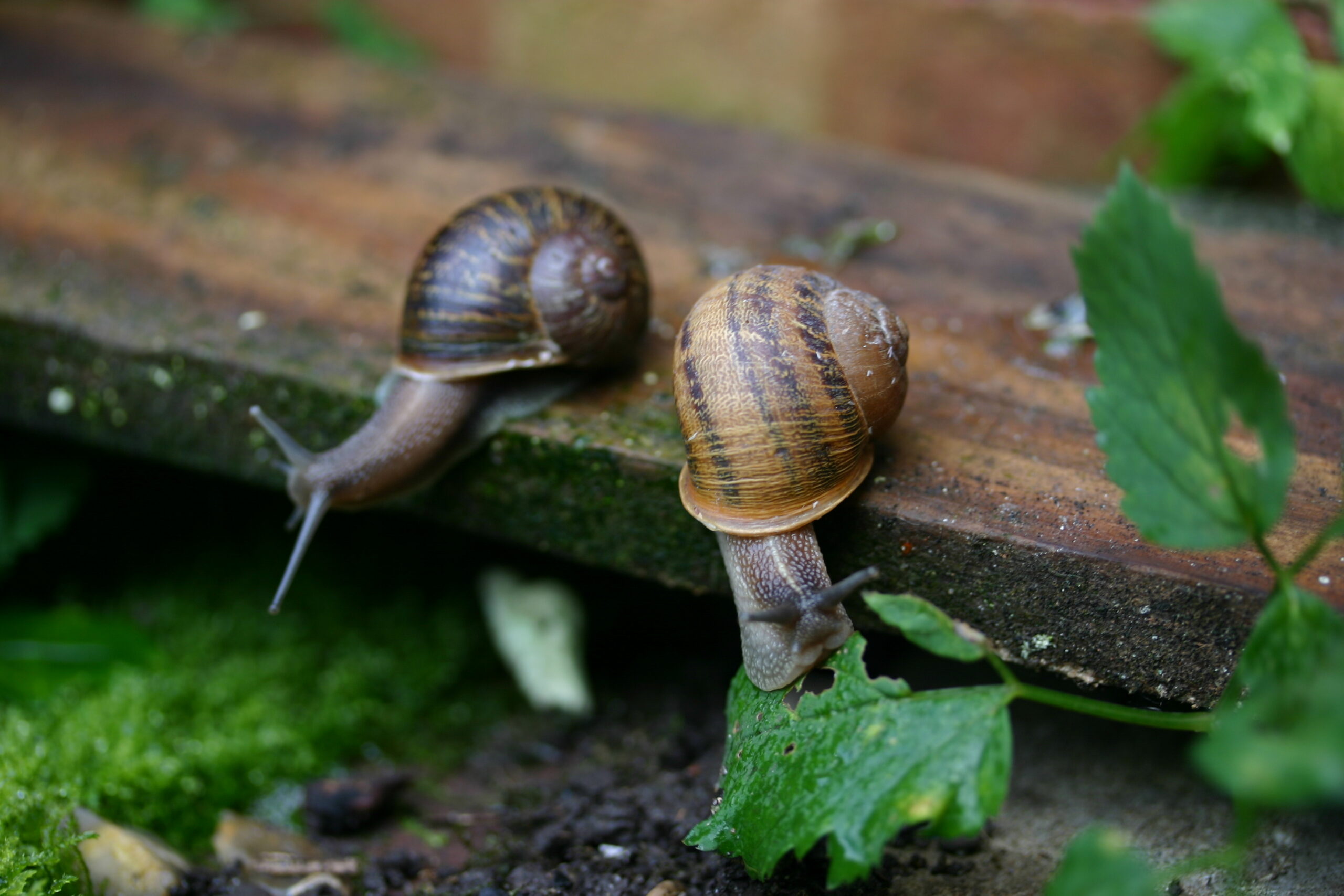The ivory snail, with its delicate shell and intriguing behavior, is a popular choice among aquarists. This blog post delves into the fascinating world of the ivory snail, offering insights into its habitat, care requirements, and unique characteristics. Whether you’re a seasoned aquarium enthusiast or a newcomer, this guide provides valuable information to help you appreciate and care for these remarkable creatures.
Understanding the Ivory Snail
Natural Habitat and Distribution
Ivory snails are freshwater gastropods commonly found in slow-moving rivers and ponds. They thrive in environments with plenty of vegetation and a soft substrate. Originally from South America, these snails have been introduced to aquariums worldwide due to their peaceful nature and ability to coexist with various fish species.
Physical Characteristics
The ivory snail is known for its smooth, pale-colored shell, which can range from creamy white to light beige. This unique coloration distinguishes it from other snails. The shell’s spiral structure not only provides protection but also adds an aesthetic appeal to aquariums. Ivory snails can grow up to 1.5 inches in diameter, making them a noticeable yet unobtrusive addition to any tank.
Caring for Ivory Snails

Tank Setup
To create a suitable environment for ivory snails, it’s essential to maintain water conditions that mimic their natural habitat. A tank size of at least 10 gallons is recommended, with a temperature range of 72-82°F and a pH level between 7.0 and 8.0. Providing a soft, sandy substrate and ample plant life helps recreate their natural surroundings, encouraging healthy growth and behavior.
Diet and Feeding
Ivory snails are primarily herbivorous, feeding on algae, decaying plant matter, and vegetables such as zucchini and spinach. It’s important to avoid overfeeding, as excess food can deteriorate water quality. Supplementing their diet with calcium-rich foods, like cuttlebone or calcium tablets, ensures proper shell development and overall health.
Reproduction and Lifespan
Breeding Behavior
Ivory snails are known for their prolific breeding habits. They lay eggs in clusters above the waterline, which hatch into tiny snails within a few weeks. To control the snail population in your aquarium, consider removing egg clusters or introducing species that prey on snail eggs.
Lifespan
Under optimal conditions, ivory snails can live for up to two years. Regular water changes, a balanced diet, and a stress-free environment contribute to their longevity. Monitoring water parameters and maintaining a clean tank are crucial for preventing diseases and ensuring a healthy lifespan.
Interacting with Other Species

Compatibility with Fish
Ivory snails are peaceful creatures that coexist well with various fish species. However, it’s important to avoid housing them with aggressive fish that may harm or stress them. Suitable tank mates include tetras, guppies, and other non-aggressive fish.
Understanding the Reproductive Nature of Ramshorn Snails
Ramshorn snails, another popular choice for aquariums, have different reproductive behaviors compared to ivory snails. These snails are hermaphrodites, meaning each individual possesses both male and female reproductive organs. They lay eggs in gelatinous masses on plants and tank surfaces. Understanding their reproductive nature helps in managing their population and preventing overpopulation in your tank.
Common Issues and Solutions

Shell Health
One of the common issues faced by ivory snails is shell erosion, often caused by poor water quality or a lack of calcium. To prevent this, maintain optimal water conditions and provide a calcium-rich diet. If shell erosion is noticed, consider adding a cuttlebone to the tank and regularly monitor water parameters.
Parasites and Diseases
Ivory snails can be susceptible to parasites and diseases, which can be introduced through new tank additions. Quarantining new fish and plants before adding them to the tank helps prevent the spread of diseases. Additionally, maintaining a clean tank and conducting regular water changes reduces the risk of infections.
Conclusion
Ivory snails, with their unique appearance and peaceful nature, are a delightful addition to any freshwater aquarium. By understanding their habitat, dietary needs, and compatibility with other species, you can create a thriving environment for these fascinating creatures. Regular maintenance and careful observation ensure that your ivory snails remain healthy and vibrant, adding beauty and interest to your aquatic world.
In conclusion, the ivory snail is a testament to the wonders of aquatic life, offering both aesthetic appeal and ecological benefits. With proper care and attention, these snails can thrive, providing endless enjoyment and fascination for aquarists of all levels.

